Home>Furniture & Design>Bedroom Furniture>What Is Memory Foam?
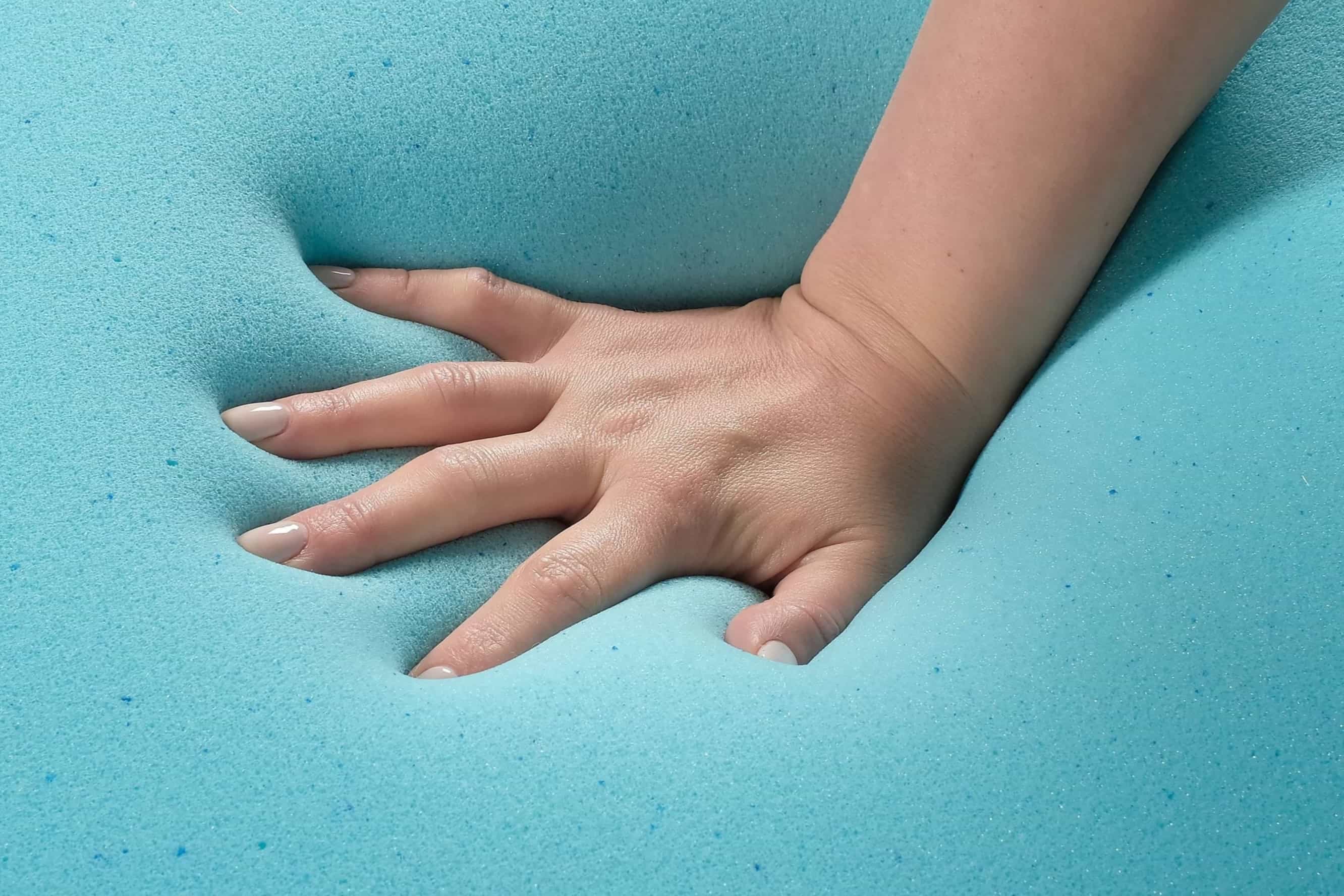

Bedroom Furniture
What Is Memory Foam?
Modified: April 23, 2024
Discover the benefits of memory foam for your bedroom furniture. Find out how this innovative material can enhance your furniture and design.
(Many of the links in this article redirect to a specific reviewed product. Your purchase of these products through affiliate links helps to generate commission for Storables.com, at no extra cost. Learn more)
**
Introduction
**
Welcome to the world of memory foam, where comfort meets innovation. If you've ever experienced the blissful sensation of sinking into a memory foam mattress or reclining on a memory foam pillow, you know firsthand the luxurious support this material provides. But have you ever wondered about the science behind this marvel of modern furniture design? In this article, we'll delve into the fascinating world of memory foam, exploring its history, functionality, benefits, drawbacks, and common applications. Whether you're considering purchasing memory foam furniture or simply intrigued by the technology, join us on this journey to uncover the secrets of memory foam.
**
Key Takeaways:
- Memory foam, developed by NASA, contours to your body, relieves pressure, and minimizes motion transfer for a restful sleep experience. It’s versatile, offering options for cooling, eco-friendliness, and therapeutic benefits.
- While memory foam provides personalized comfort and support, it may retain heat, emit initial odor, and require maintenance. Its adaptability extends to mattresses, pillows, seat cushions, and even pet beds, catering to diverse comfort needs.
Read more: What Is Memory Foam Pillows
History of Memory Foam
**
Memory foam, also known as viscoelastic foam, has an intriguing origin story that dates back to the 1960s. Initially developed by NASA scientists as a material to improve the safety and comfort of aircraft cushions, memory foam was designed to enhance impact protection and crash survivability for astronauts and passengers. The unique properties of memory foam allowed it to conform to the body under pressure and then return to its original shape once the pressure was removed, making it an ideal candidate for this critical application.
In the 1980s, memory foam technology was introduced to the broader market through collaborations between NASA and private industry. This led to the production of memory foam mattresses and pillows, revolutionizing the furniture and bedding industry. Over time, advancements in manufacturing techniques and material compositions have refined memory foam, enhancing its durability, breathability, and overall performance.
Today, memory foam has transcended its aerospace origins to become a staple in households, hotels, hospitals, and various other settings where comfort and support are paramount. Its evolution from a specialized material for space exploration to a widely accessible comfort solution reflects the enduring appeal and adaptability of memory foam.
As we continue our exploration of memory foam, it’s essential to recognize the ingenuity and ingenuity that have shaped this remarkable material, transforming it from a NASA innovation into a beloved feature of modern furniture and design.
**
How Memory Foam Works
**
Understanding the inner workings of memory foam unveils the science behind its exceptional comfort and support. At the core of memory foam’s functionality is its viscoelastic nature, which gives it the ability to respond to heat and pressure. When you lie down on a memory foam mattress or rest your head on a memory foam pillow, the material conforms to your body’s contours, distributing your weight evenly and alleviating pressure points. This personalized support creates a sensation of weightlessness, allowing you to relax and unwind in a cocoon of comfort.
The viscoelastic properties of memory foam enable it to react to body heat, softening in response to warmth and molding to your shape. As you shift position or get up, the memory foam gradually returns to its original form, ready to adapt to your body anew when you return. This adaptive behavior sets memory foam apart from traditional mattress materials, offering a tailored experience that promotes restful sleep and alleviates discomfort.
Moreover, memory foam’s ability to absorb motion ensures minimal disturbance from your partner’s movements during the night, fostering uninterrupted sleep. This feature makes memory foam an excellent choice for shared sleeping spaces, enhancing the overall sleep quality for both individuals.
By grasping the mechanics of memory foam, you gain insight into why this material has become a sought-after option for mattresses, pillows, and other furniture pieces. Its capacity to contour to the body, relieve pressure, and minimize motion transfer exemplifies the thoughtfulness and innovation that define memory foam’s appeal.
**
Types of Memory Foam
**
Memory foam comes in various formulations, each tailored to meet specific comfort and support needs. Understanding the different types of memory foam can guide you in selecting the most suitable option for your furniture and bedding preferences.
1. Traditional Memory Foam: This type of memory foam, often referred to as viscoelastic foam, is renowned for its contouring properties. It responds to body heat and weight, molding to your shape and providing personalized support. Traditional memory foam is an excellent choice for mattresses, pillows, and seat cushions, offering a balance of comfort and stability.
2. Gel-Infused Memory Foam: By incorporating gel beads or layers into the foam, this variant enhances heat dissipation and promotes a cooler sleeping surface. Gel-infused memory foam is designed to mitigate heat retention, making it an appealing option for individuals who tend to sleep hot or live in warmer climates.
3. Copper-Infused Memory Foam: Infused with copper particles, this type of memory foam boasts antimicrobial properties and may contribute to a cooler sleep experience. Copper-infused memory foam is recognized for its potential health benefits and odor-reducing capabilities, making it a compelling choice for those seeking a hygienic and refreshing sleep environment.
4. Open-Cell Memory Foam: Engineered with a structure that promotes airflow and breathability, open-cell memory foam facilitates heat dispersion and moisture wicking. This design feature enhances the overall coolness and comfort of the foam, catering to individuals who prioritize temperature regulation and airflow in their bedding and furniture.
5. Plant-Based Memory Foam: Made with plant-derived ingredients, this eco-friendly memory foam option offers a sustainable and low-chemical alternative. Plant-based memory foam is celebrated for its reduced environmental impact and minimal off-gassing, appealing to environmentally conscious consumers seeking a greener bedding solution.
By recognizing the diverse array of memory foam variations, you can pinpoint the type that aligns with your comfort preferences, lifestyle, and environmental considerations. Whether you prioritize cooling properties, eco-friendliness, or specific health benefits, the versatility of memory foam ensures that there’s a tailored option to elevate your relaxation and well-being.
**
When shopping for memory foam products, look for a higher density foam for better support and durability. A density of 4-5 lbs per cubic foot is considered high quality.
Benefits of Memory Foam
**
Memory foam’s popularity stems from the array of benefits it offers, making it a coveted choice for furniture, bedding, and therapeutic applications. Here are some of the key advantages of memory foam:
1. Pressure Relief: Memory foam’s ability to contour to the body’s shape alleviates pressure points, promoting better circulation and reducing discomfort, especially for individuals with joint pain or chronic conditions.
2. Customized Support: The personalized support provided by memory foam enhances spinal alignment, reduces tossing and turning, and minimizes the likelihood of waking up with aches and pains, contributing to improved sleep quality.
3. Motion Isolation: Memory foam’s capacity to absorb and isolate motion ensures minimal disturbance from partner movements, fostering uninterrupted sleep and enhancing overall restfulness.
4. Durability: High-quality memory foam mattresses and furniture pieces are designed for long-term use, maintaining their supportive properties and structural integrity over time, thus offering lasting comfort and value.
5. Allergy-Friendly: Certain memory foam formulations are hypoallergenic and resistant to dust mites, mold, and other common allergens, making them a suitable choice for individuals with allergies or respiratory sensitivities.
6. Temperature Regulation: Advanced memory foam types, such as gel-infused and open-cell variants, are engineered to disperse heat and promote airflow, contributing to a cooler and more comfortable sleep environment.
7. Versatility: Memory foam’s adaptability extends to various furniture and bedding applications, including mattresses, pillows, toppers, seat cushions, and therapeutic supports, catering to diverse comfort needs and preferences.
8. Therapeutic Benefits: Memory foam’s pressure-relieving properties have been embraced in healthcare settings, aiding in the prevention of pressure ulcers and providing comfort for individuals recovering from injuries or surgeries.
By encompassing these benefits, memory foam emerges as a multifaceted solution that enhances comfort, promotes well-being, and addresses a spectrum of sleep and support-related concerns. Its versatility, durability, and potential therapeutic advantages position memory foam as a compelling choice for those seeking a restorative and tailored comfort experience.
**
Read more: What Is Gel Memory Foam
Drawbacks of Memory Foam
**
While memory foam offers a plethora of benefits, it’s essential to acknowledge the potential drawbacks associated with this material to make an informed decision regarding its suitability for your needs. Here are some considerations regarding the limitations of memory foam:
1. Heat Retention: Traditional memory foam has a reputation for retaining body heat, which can lead to discomfort for individuals who are prone to sleeping hot. While advancements like gel-infused and open-cell memory foam aim to address this issue, heat retention remains a concern for some users.
2. Initial Odor: New memory foam products may emit a temporary off-gassing odor due to the release of volatile organic compounds (VOCs) from the manufacturing process. While this odor typically dissipates within a few days to a few weeks, it can be bothersome for those with heightened sensitivity to scents.
3. Weight and Maneuverability: Memory foam mattresses and furniture pieces are denser and heavier than traditional options, making them more challenging to move and maneuver, particularly for individuals with physical limitations or those who frequently rearrange their living spaces.
4. Cost: High-quality memory foam products often come with a higher price tag compared to conventional mattresses and furniture, potentially posing a financial barrier for budget-conscious consumers.
5. Break-In Period: Some individuals may find that memory foam mattresses and pillows require an adjustment period as the material conforms to their body and sleeping habits, which can affect initial comfort levels and sleep satisfaction.
6. Maintenance Considerations: Certain memory foam products may have specific care requirements, such as rotational schedules for mattresses or spot-cleaning instructions for pillows, necessitating additional maintenance compared to standard bedding and furniture options.
7. Firmness Preferences: While many individuals appreciate the contouring support of memory foam, some may find it too firm or lacking in bounce, especially if they prefer a more responsive or buoyant feel when resting or sleeping.
By acknowledging these drawbacks, consumers can weigh the pros and cons of memory foam and determine whether its unique features align with their comfort preferences, lifestyle, and practical considerations. While the limitations of memory foam merit consideration, its potential to enhance sleep quality, alleviate pressure points, and offer tailored support remains a compelling draw for many individuals seeking an elevated comfort experience.
**
Common Uses of Memory Foam
**
The versatility and adaptability of memory foam have facilitated its integration into various furniture, bedding, and therapeutic applications, catering to a wide range of comfort and support needs. Here are some common uses of memory foam:
1. Mattresses: Memory foam mattresses are widely acclaimed for their ability to contour to the body, relieve pressure points, and promote restful sleep. Available in various firmness levels and compositions, memory foam mattresses cater to diverse sleep preferences and support requirements.
2. Pillows: Memory foam pillows offer personalized support for the head and neck, aligning the spine and reducing discomfort. They come in different shapes and sizes to accommodate different sleeping positions and alleviate neck pain and stiffness.
3. Mattress Toppers: Placing a memory foam mattress topper atop a conventional mattress can enhance its comfort and support, prolonging the life of the mattress and providing a cost-effective solution for individuals seeking the benefits of memory foam without replacing their entire mattress.
4. Seat Cushions: Memory foam seat cushions are utilized in various settings, including office chairs, car seats, and wheelchairs, to alleviate pressure and enhance sitting comfort, particularly for individuals who spend extended periods seated.
5. Pet Beds: Memory foam pet beds offer orthopedic support for pets, especially senior animals or those with joint issues, providing a comfortable and supportive resting place that promotes overall well-being.
6. Therapeutic Supports: Memory foam is utilized in medical settings for orthopedic cushions, wheelchair pads, and hospital mattress overlays to prevent pressure ulcers and provide comfort for individuals with limited mobility or recovering from injuries.
7. Travel Pillows and Cushions: Compact memory foam travel pillows and cushions offer portable comfort for individuals on the go, providing neck and lumbar support during travel and minimizing discomfort during extended periods of sitting.
8. Exercise and Yoga Mats: Memory foam exercise and yoga mats offer cushioning and support for joint protection during workouts and yoga practice, enhancing comfort and stability during physical activities.
By encompassing these diverse applications, memory foam emerges as a versatile and adaptable material that caters to a spectrum of comfort, support, and well-being needs. Its integration into various furniture, bedding, and therapeutic solutions underscores the enduring appeal and functionality of memory foam in modern living spaces and healthcare environments.
**
Conclusion
**
As we conclude our exploration of memory foam, we’ve uncovered the remarkable evolution and widespread adoption of this innovative material in the realm of furniture, bedding, and therapeutic supports. From its origins as a NASA-developed solution for aerospace comfort and safety to its integration into everyday living spaces and healthcare settings, memory foam has left an indelible mark on the pursuit of personalized comfort and support.
Memory foam’s ability to contour to the body, alleviate pressure points, and promote restful sleep has positioned it as a sought-after choice for mattresses, pillows, seat cushions, and various other applications where comfort and well-being are paramount. The diverse formulations of memory foam, including gel-infused, copper-infused, open-cell, and plant-based variants, cater to a spectrum of preferences, addressing concerns such as heat retention, allergen resistance, and environmental impact.
While memory foam presents considerations such as heat retention, initial odor, and weight, its array of benefits, including pressure relief, motion isolation, and therapeutic support, underscores its enduring appeal and versatility. The adaptability of memory foam extends to pet beds, travel pillows, exercise mats, and therapeutic cushions, showcasing its relevance across diverse lifestyle and wellness needs.
As consumers continue to seek personalized comfort solutions that enhance their quality of life, memory foam stands as a testament to the fusion of innovation, functionality, and well-being in furniture and design. Its ongoing evolution and integration into modern living spaces reflect a commitment to elevating the comfort and support experience for individuals of all ages and lifestyles.
Whether you’re considering a memory foam mattress for a restful night’s sleep, a supportive pillow for enhanced neck comfort, or a therapeutic cushion for pressure relief, the enduring appeal and adaptability of memory foam ensure that there’s a tailored solution to meet your comfort needs. As memory foam continues to shape the landscape of modern furniture and design, its legacy of personalized comfort and support remains an enduring hallmark of innovation and well-being.
Frequently Asked Questions about What Is Memory Foam?
Was this page helpful?
At Storables.com, we guarantee accurate and reliable information. Our content, validated by Expert Board Contributors, is crafted following stringent Editorial Policies. We're committed to providing you with well-researched, expert-backed insights for all your informational needs.
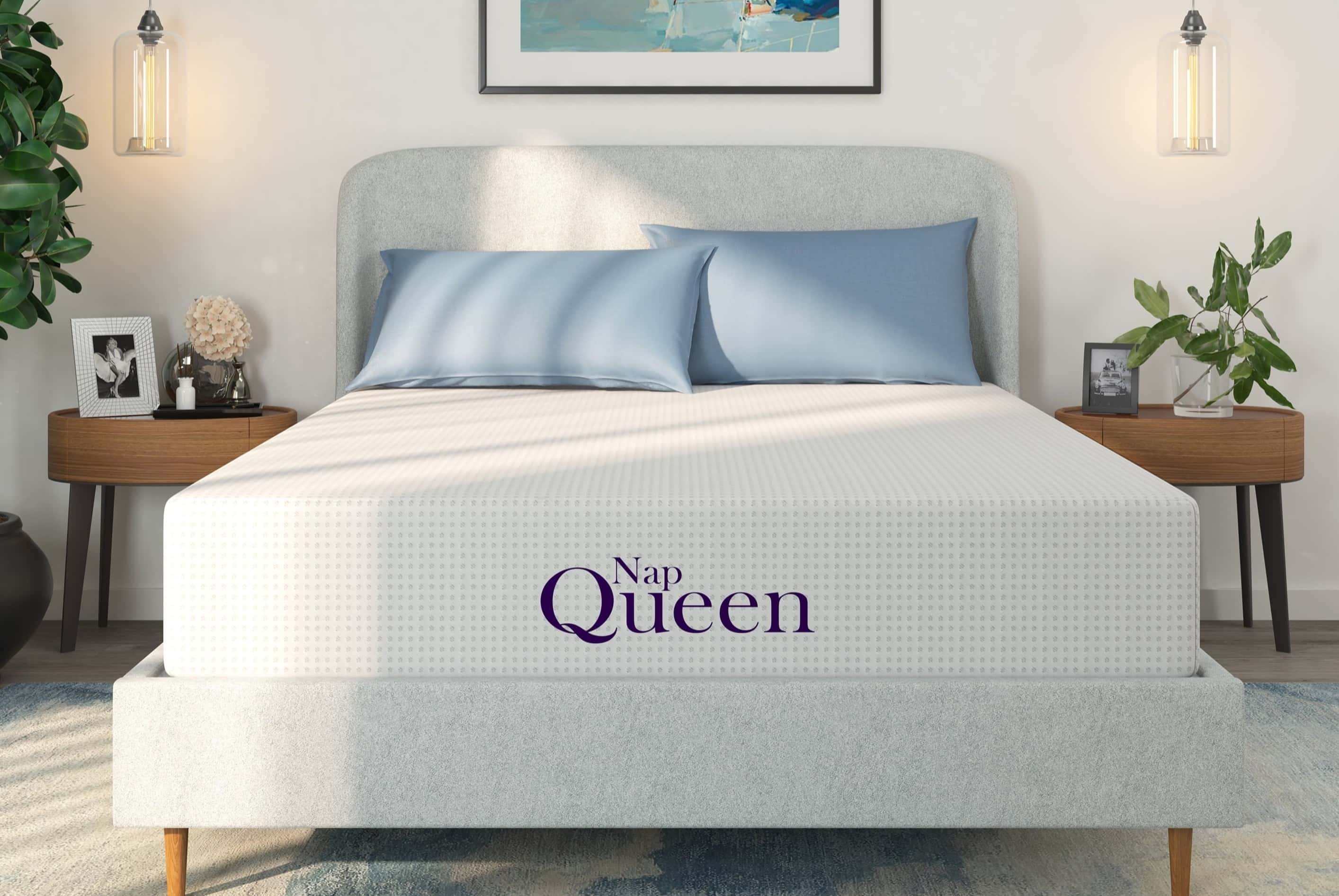
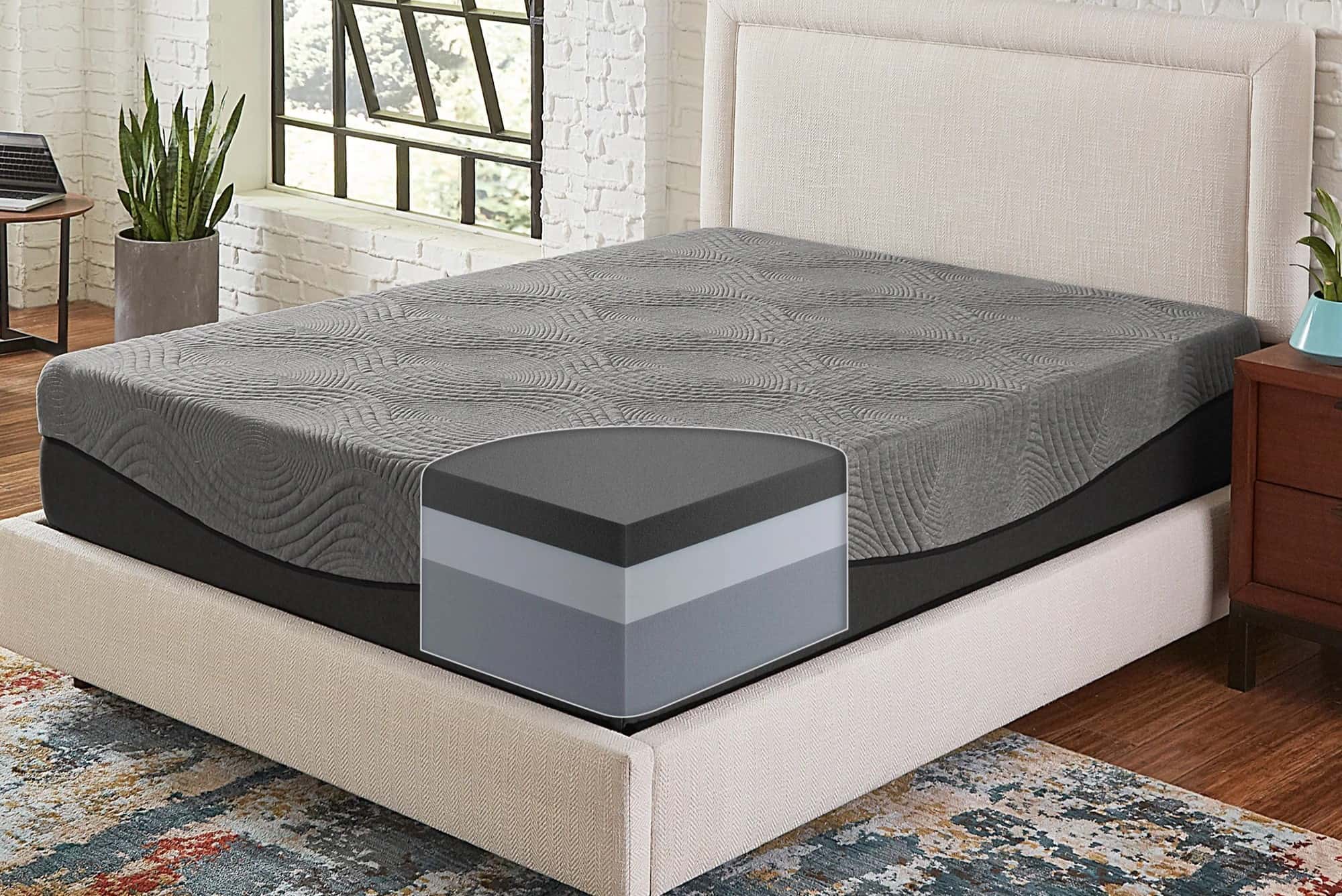
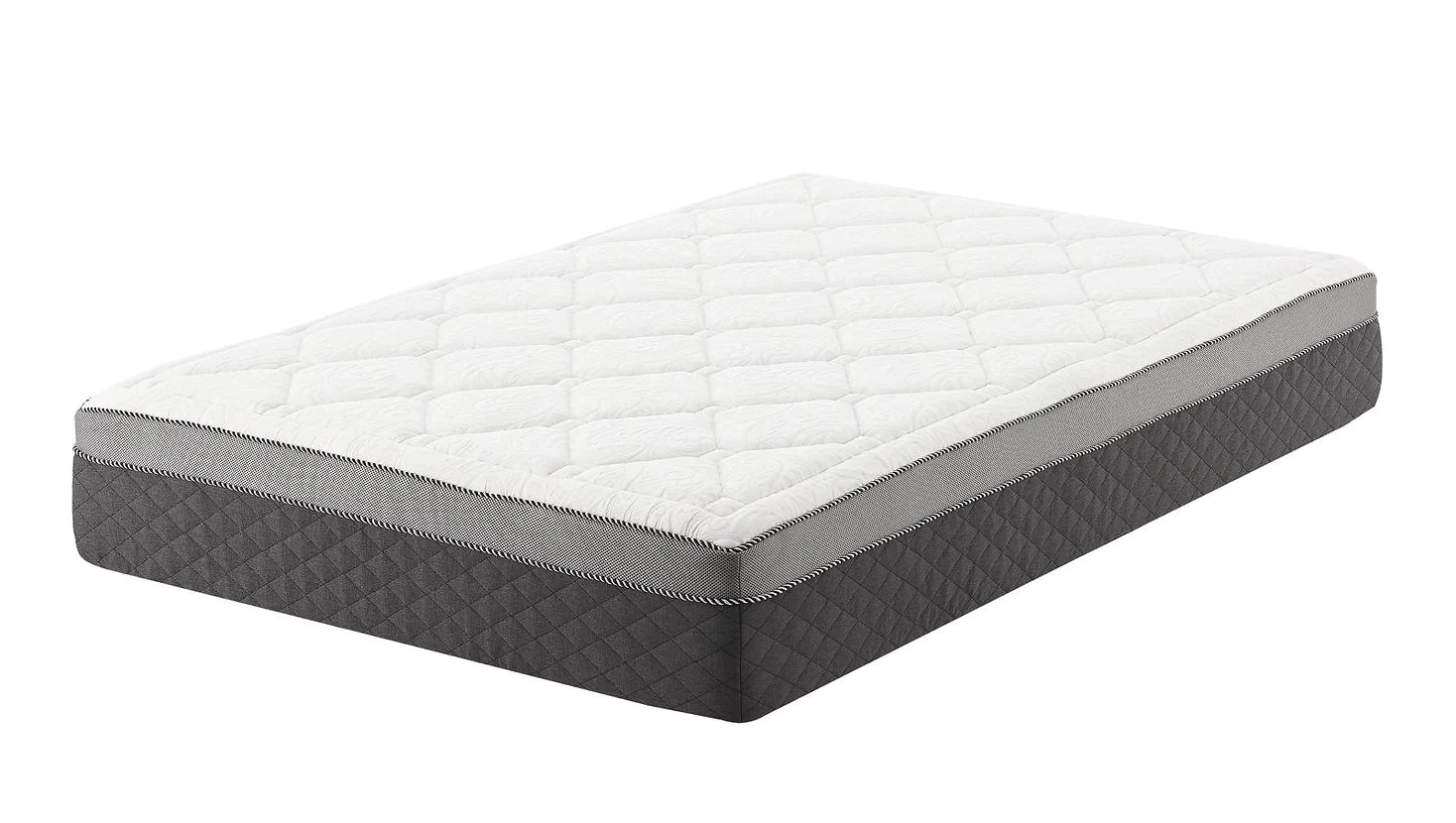
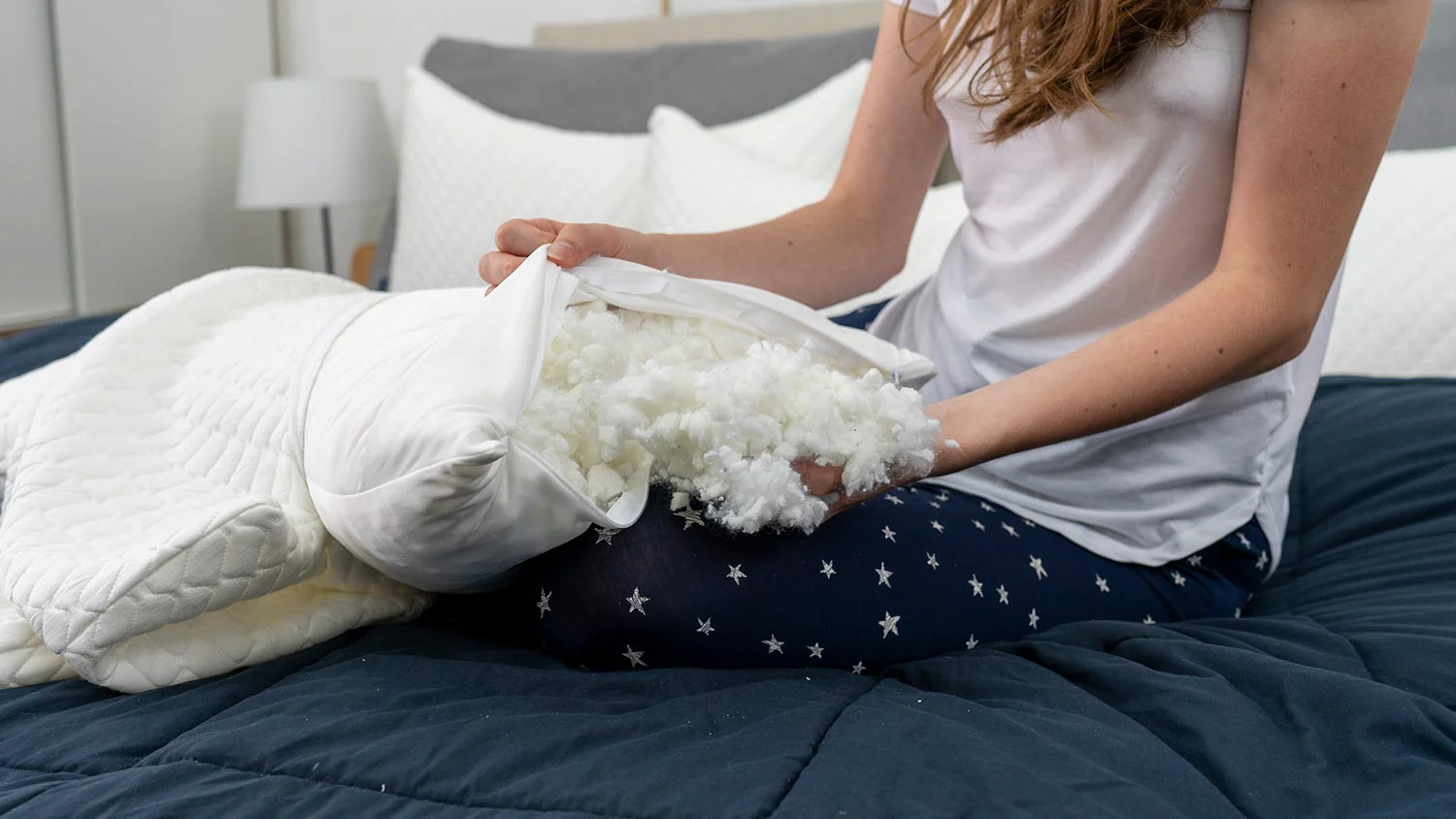
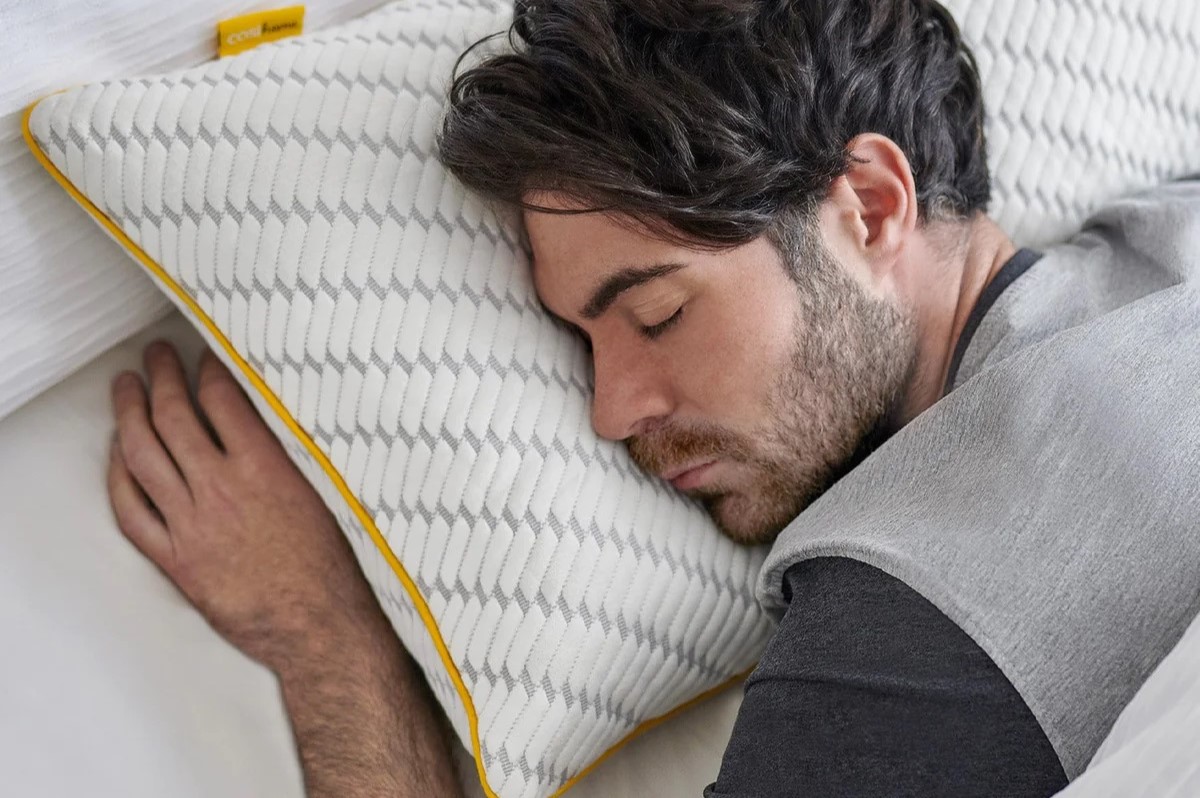

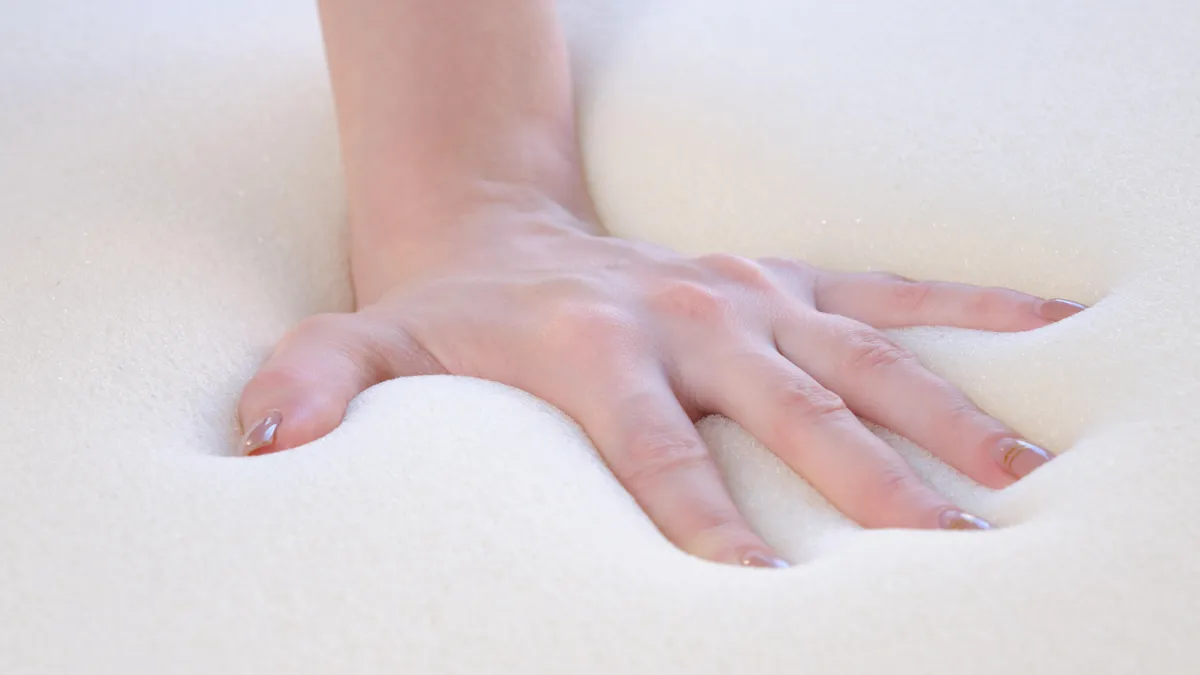
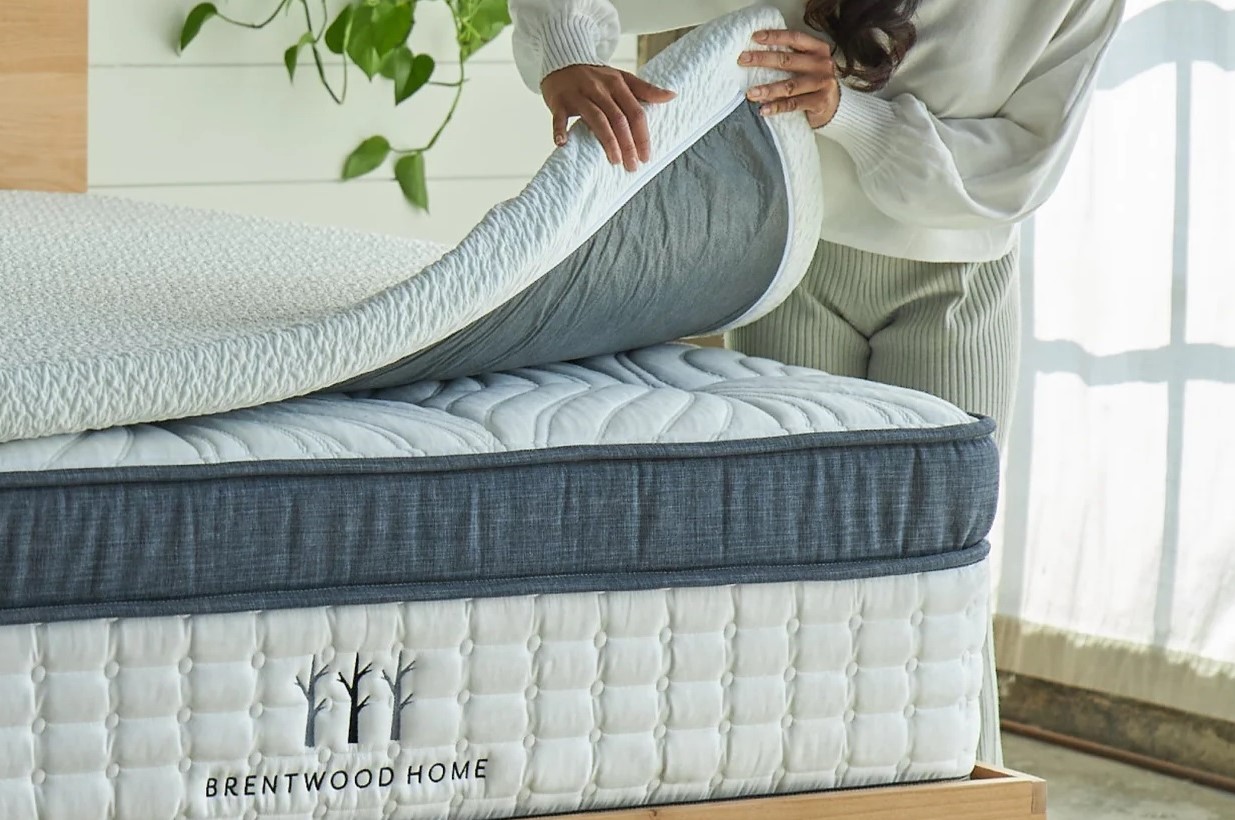
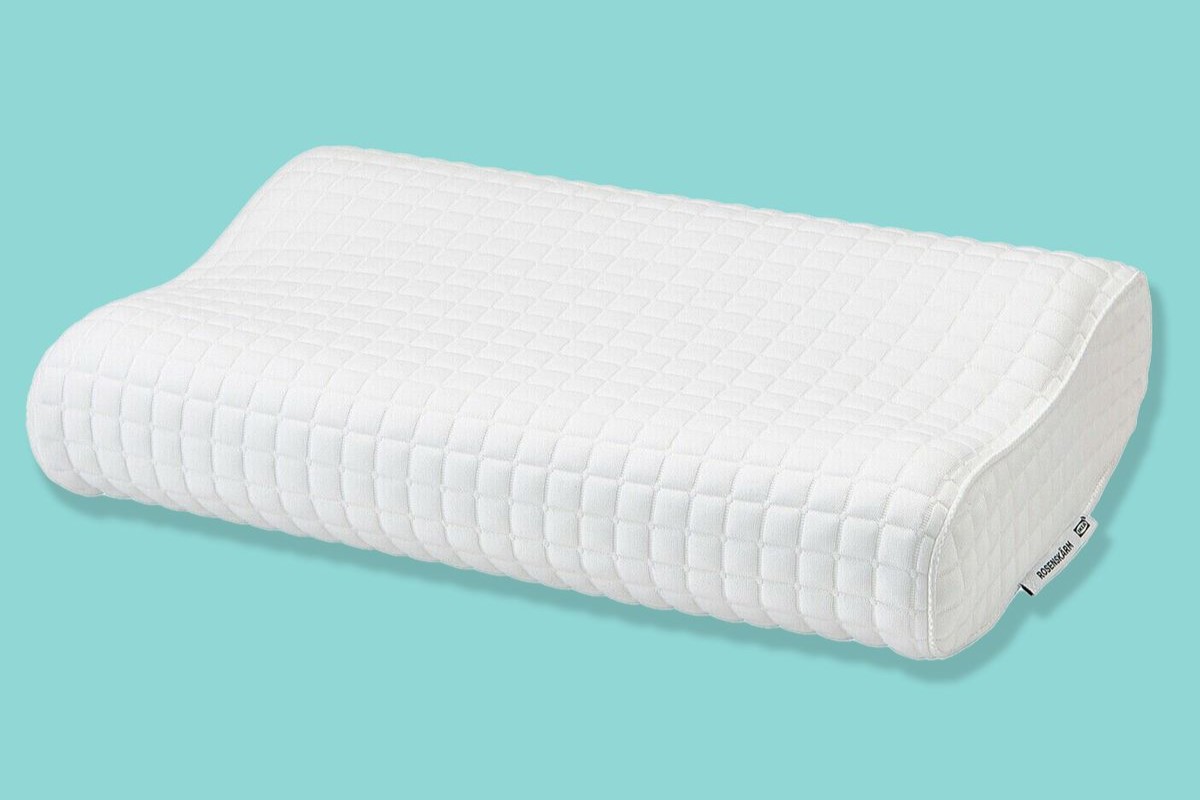
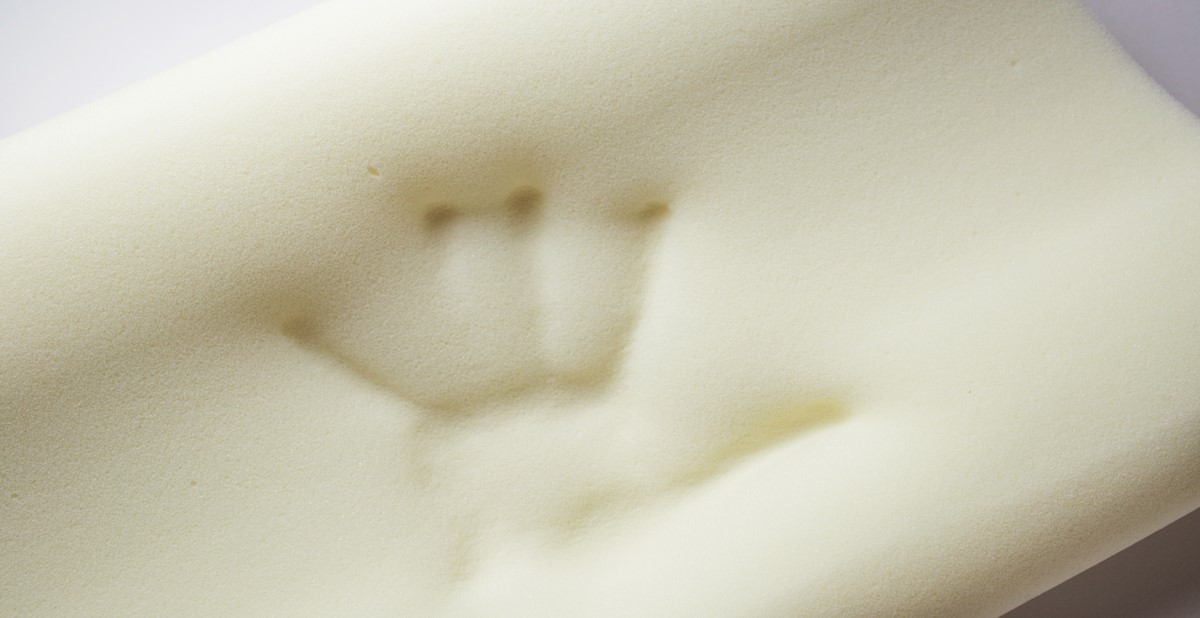
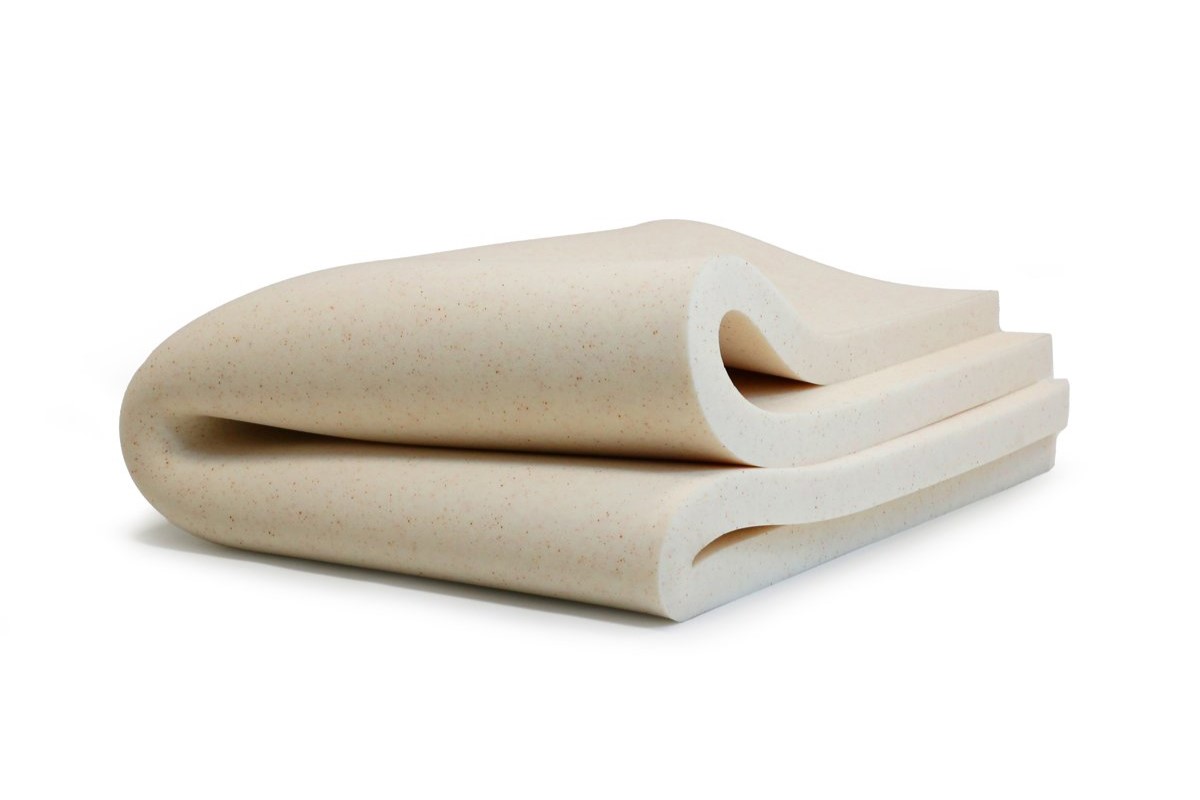
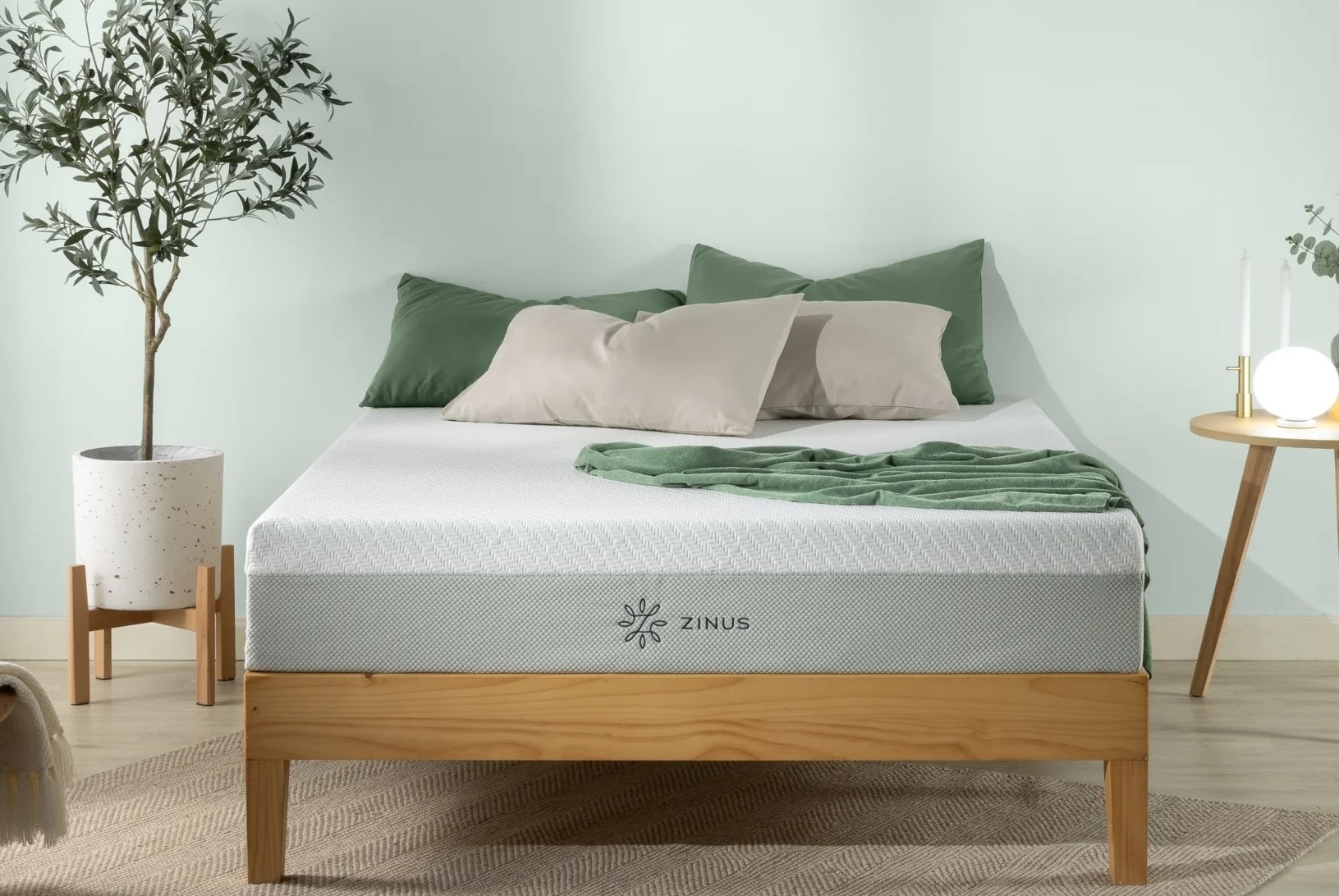
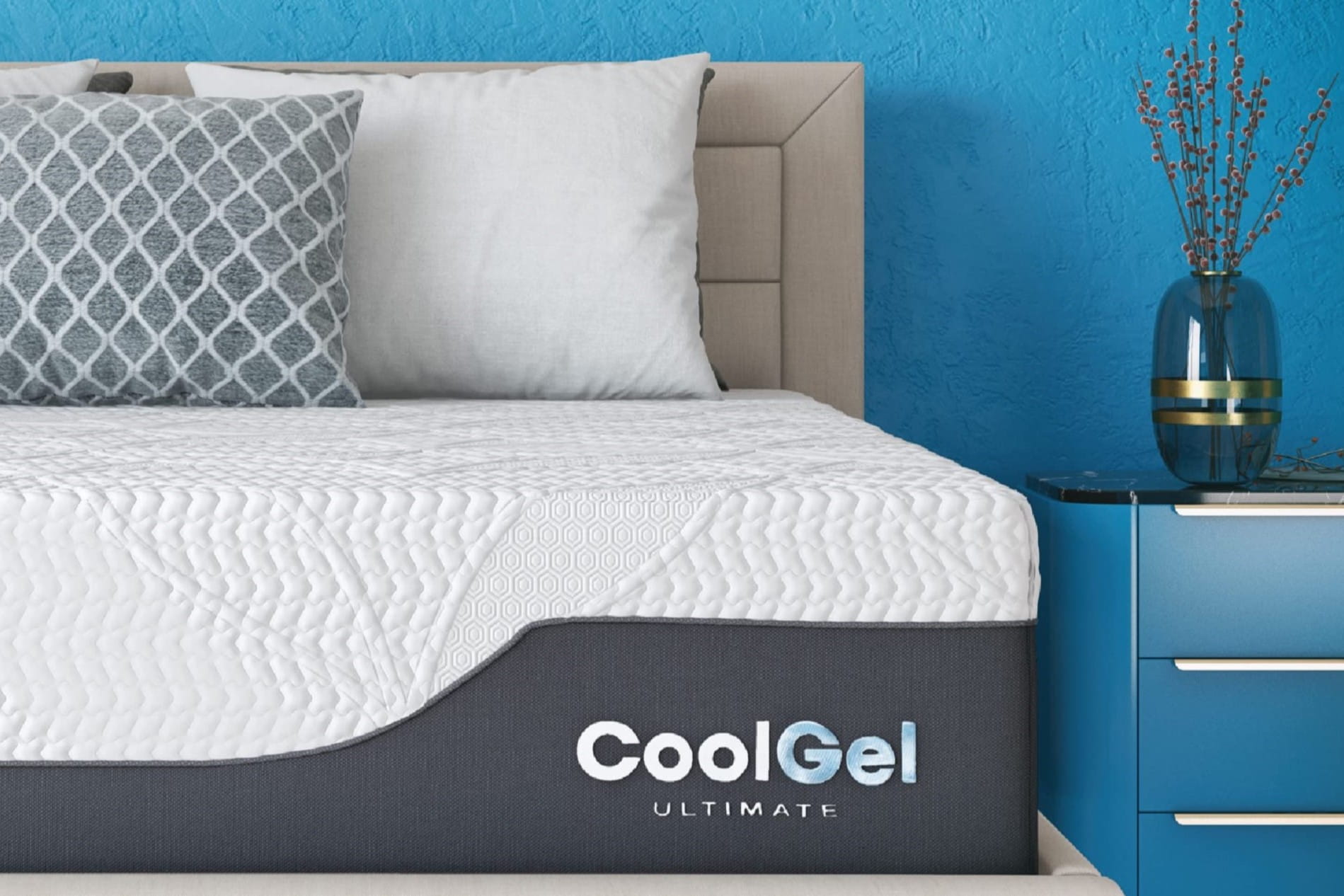
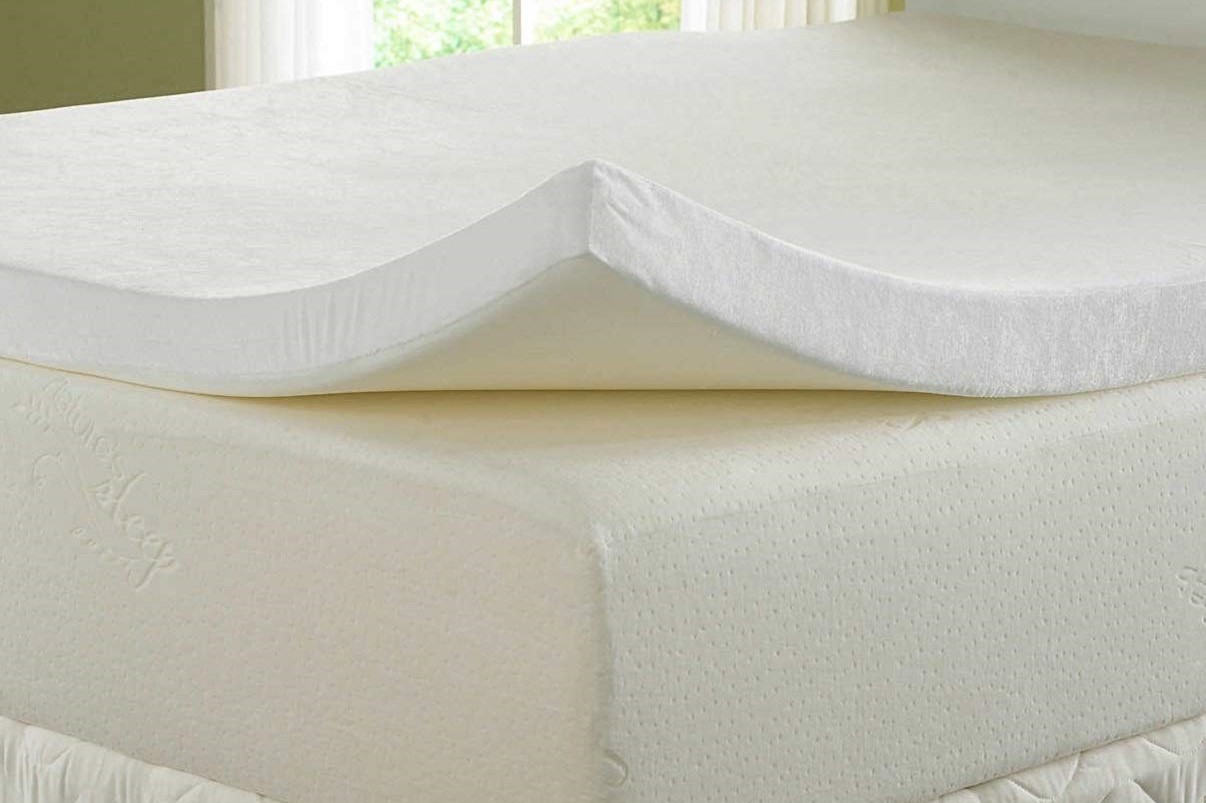

0 thoughts on “What Is Memory Foam?”